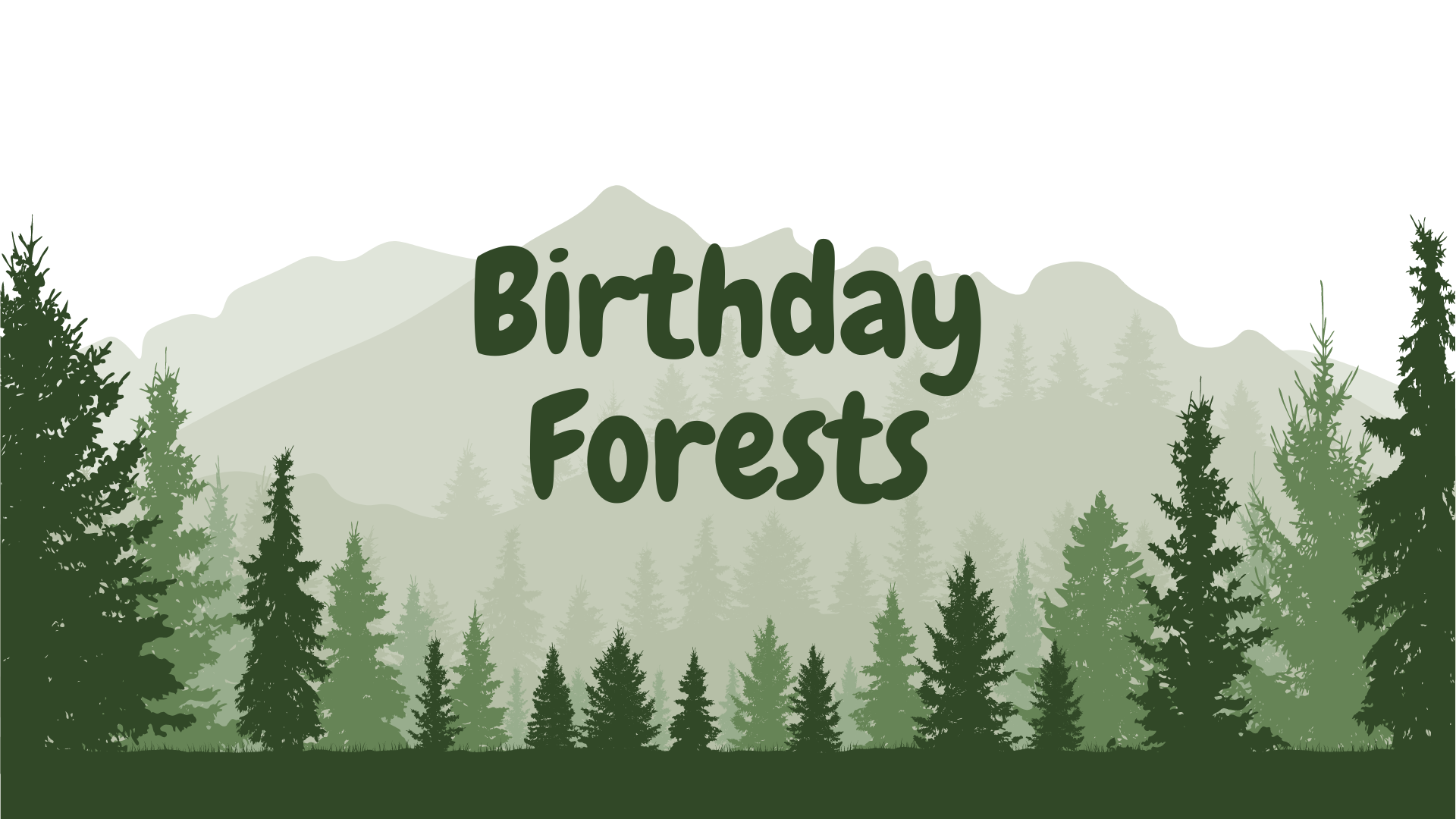
Planting trees in urban environments presents unique challenges and opportunities to enhance green spaces, improve air quality, and promote biodiversity. Whether you’re a city dweller, community organizer, or urban planner, these tips will guide you through the process of successfully planting and caring for trees in urban settings.
Selecting the Right Tree Species
- Consider Urban Conditions:
- Choose tree species that are tolerant of urban stressors such as pollution, compacted soil, and limited space.
- Opt for trees with a compact root system to minimize damage to sidewalks and underground utilities.
- Native vs. Exotic Species:
- Prioritize native tree species that are adapted to local climate and soil conditions.
- Native trees support local wildlife and ecosystems while requiring less maintenance.
Planning and Preparation
- Assess Site Suitability:
- Identify suitable planting sites based on available space, sunlight exposure, and proximity to buildings and infrastructure.
- Consult with local authorities to ensure compliance with planting regulations and permits.
- Prepare Planting Holes:
- Dig planting holes that are two to three times wider than the tree’s root ball and slightly shallower.
- Break up compacted soil and incorporate compost or soil amendments to improve soil structure and drainage.
Planting and Establishment
- Planting Techniques:
- Carefully remove the tree from its container or burlap wrap, taking care not to disturb the roots excessively.
- Position the tree in the center of the planting hole, ensuring the top of the root ball is level with the surrounding soil.
- Backfill and Mulch:
- Backfill the hole with amended soil, gently firming it around the roots to eliminate air pockets.
- Apply a 2-4 inch layer of mulch around the base of the tree, keeping it several inches away from the trunk to prevent moisture buildup and pest infestations.
Watering and Maintenance
- Watering Regimen:
- Provide adequate water immediately after planting to settle the soil and hydrate the roots.
- Water newly planted trees regularly, especially during hot weather and drought conditions, to promote establishment.
- Pruning and Care:
- Prune dead or damaged branches to maintain tree health and structural integrity.
- Monitor for pests and diseases, and take appropriate action to mitigate risks.
Community Engagement and Long-Term Benefits
- Engage the Community:
- Involve local residents, schools, and community groups in tree planting and care initiatives.
- Promote awareness of the benefits of urban trees for air quality improvement, energy conservation, and urban heat island mitigation.
- Long-Term Benefits:
- Urban trees provide shade, reduce air pollution, and enhance aesthetic value, contributing to a more livable and sustainable city environment.
- Monitor tree growth and health over time to ensure long-term success and maximize environmental benefits.
Conclusion
By following these urban tree planting tips and fostering community involvement, you can contribute to the greening of cities and create healthier, more resilient urban landscapes. Trees play a vital role in enhancing quality of life for residents, mitigating environmental impacts, and promoting sustainable urban development.


 Cart is empty
Cart is empty 
Leave A Comment